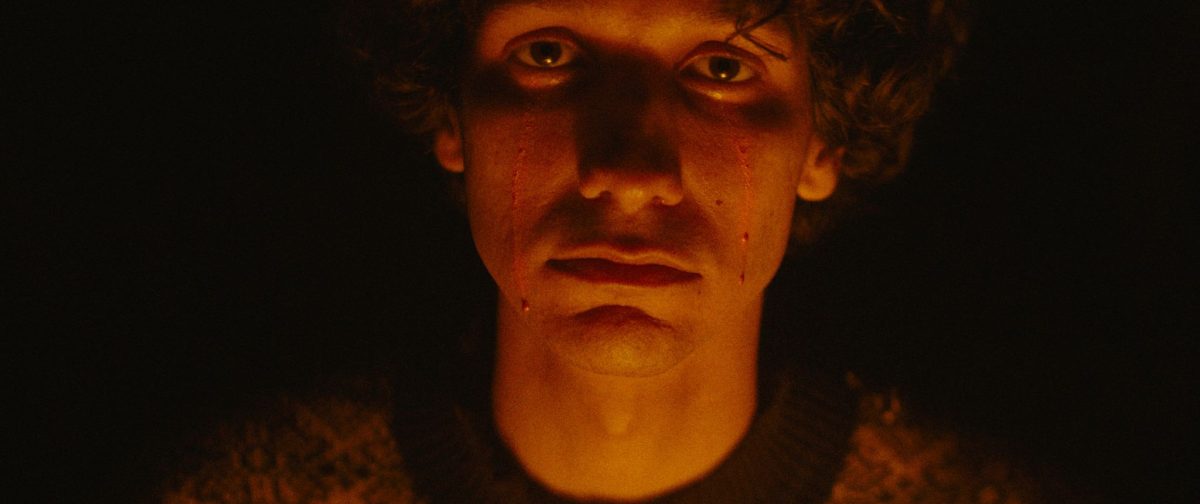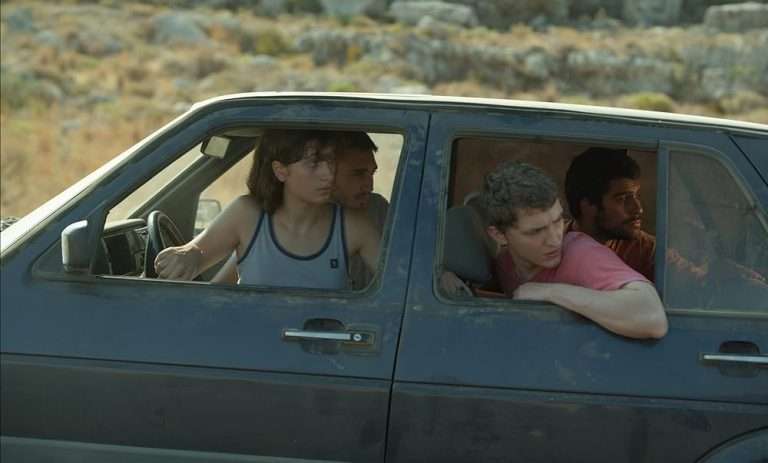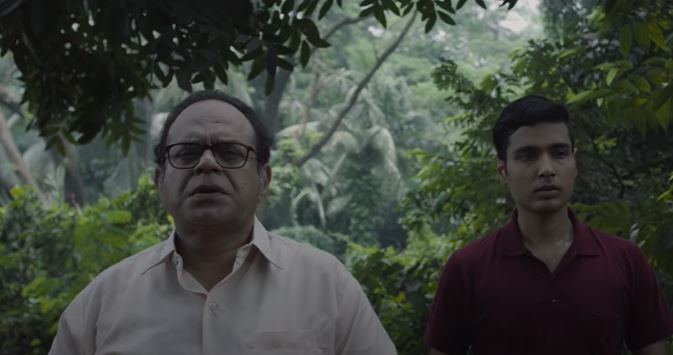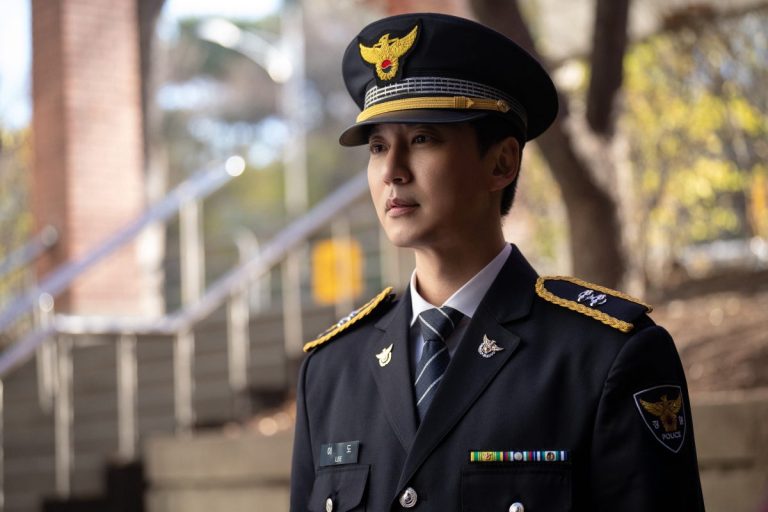Horror is the perfect vehicle for the exploration of grief. After all, this unavoidable sentiment can creep in like a silent threat or trap you in a violent chokehold that refuses to let go. But what happens when grief persists to the point of altering reality, where every waking moment is deferred to achieve something impossible? Yannis Veslemes toys with this concept in “She Loved Blossoms More,” which approaches the tragedy of death in bizarre and unsettling ways.
If you’re looking for vast oceans of love or yearning here, you’ll be disappointed — instead, you’ll find a methodical madness that guides you along a path that only an obsessive absurdist can make sense of.
In Athens, three brothers — Hedgehog (Panos Papadopoulos), Dummy (Julio Katsis), and Japan (Aris Balis) — spend their days away doing drugs and attempting to bring their deceased mother back to life. Each has their role to play in this strange ritualistic attempt, where they put animals inside their mother’s wardrobe that has been refashioned into a reality-jumping time machine.
This is a work in progress, of course, as most of the animals emerge mangled or dismembered (evoking David Cronenberg’s “The Fly” realness at every turn), except a headless chicken. This chicken radiates an oozy green mass where its head should be, signalling that the trio might be closer to crossing over to the beyond than they think they are.
Staying cooped up in a beautiful house in the middle of nowhere isn’t pretty when you’re trying to play necromancer every day, so the brothers escape reality with psychedelics, taking copious amounts to make sense of the strange purpose they share. Hedgehog, however, seems to be the most unstable out of the three, having been chained by the loss of his mother, which feeds his extreme delusions. Amid hazy hallucinations that bleed into reality, he interacts with his surroundings in ways no one else can, and these events take a psychosexual turn once Samantha (Sandra Sarafanova) enters the scene.

Also Read: Top 10 Horror Movies to Watch on Halloween
“She Loved Blossoms” weilds its technical mastery like a genius brushstroke, where every inch of the screen has been meticulously crafted to tell a chaotic, incoherent story about an extreme emotion. The vividness of the color palette complements the surreal grotesquery that takes hold soon after, with grainy aesthetics driving the fiber of unreality home. Hedgehog wants to keep pushing the limits of their ongoing experiment, and this, mixed in with the cocktail of drugs that warp everyone’s sense of self, proves to be a recipe for disaster.
The result is a string of imagery that is difficult to put into words, including a halved face that exposes muscle and tissue, stamped with strange, tinted flowers. It’s beautiful to behold, even when reason dictates that they’re not supposed to exist, even in the realm of fantasy.
Having said that, the film barely attempts to weave a narrative, let alone a compelling one. This isn’t to say that movies need to follow a standard narrative structure to convey their nuances — in fact, some non-narrative experiences make the strongest impressions (think experimental cinema or anything along the lines of the moody, evocative “Perfect Days”).
But Veslemes doesn’t invest much depth into any of his characters, so much so that most of them seem to exist to further climactic moments or fulfill a demeaning purpose (Samantha, the only female character aside from the deceased mother, suffers greatly from this). The film’s striking beauty might draw you in, but you’ll soon notice that nothing is ever fleshed out or shaded in, leaving an empty husk of a concept that could’ve been much more.
What the film does accomplish lies in the creation of an off-kilter world that reeks of regret and death, embalmed in the soft lull of the surreal and the dreamlike. It’s hard to discern what’s real and what’s not, and perhaps, that is the point — the unreality of dealing with grief often distorts our understanding of the world and where we stand in it. Grief can also make us blind, as the mother, Margarita, is never defined through the lens of her love for her children or the effect of her presence within the home. Instead, she’s always surrounded by blossoms, which she seemed to have loved more than any of her children.




![Bitch [2017]: Fantasia Film Festival Review](https://79468c92.delivery.rocketcdn.me/wp-content/uploads/2017/07/Bitch_2-768x432.jpg)



![Chuskit [2019] ‘LIFF’ Review: Victory through Conflicts and Courage](https://79468c92.delivery.rocketcdn.me/wp-content/uploads/2019/06/Chuskit-2019-768x512.jpg)